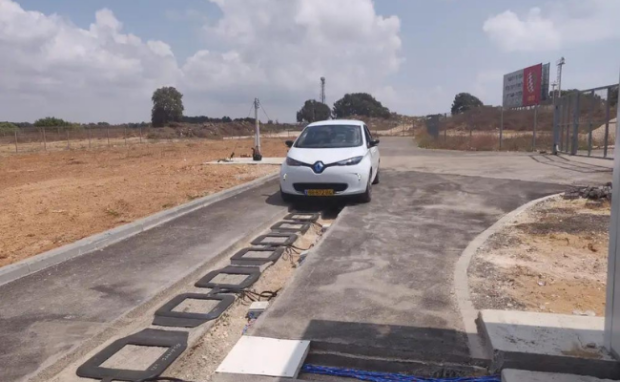Electric roads charge up in Detroit
The United States’ first wireless charging roads opened in Detroit. It spans a quarter mile, allowing electric vehicles to recharge without heading to charging stations. CNBC says electric roads could be most useful for public transportation and fleet vehicles that drive the same repetitive routes.
More worldwide are adopting electric vehicles, but we must solve some of its troublesome issues. The lack of charging stations is one of them, preventing drivers from refueling their EVs conveniently. Some areas can’t install additional electric charging stations, so electrified roads could be a more practical solution.
This article will elaborate on the purpose of electric roads and its future applications. Later, I will discuss how the latest technologies will change how we drive.
How do the electric roads work?

Fox 2 Detroit says these wireless charging paths have two major components. First, coils beneath the electric roads link to a power management unit.
Second, officials attached a receiver to the bottom of the vehicle before linking it to its battery. The receiver takes power from the coils as the vehicle zooms across, replenishing energy.
Detroit has been planning its wireless charging road since 2021. Gov. Gretchen Whitmer launched it in response to the range anxiety in electric vehicles.
In 2022, the city finalized plans and chose the Israeli company Electreon to oversee the project. The Michigan Office of Future Mobility and Electrification also worked on it.
Electreon installed electric roads in Europe and the Middle East. Detroit is the first US city to have this technology, spanning a quarter-mile of 14th Street in Detroit’s Michigan Central.
The company will use this path to test its wireless charging infrastructure in a real-world environment before launching it to the public in the next few years. CEO Stefan Tongur told the Detroit Free Press that their system is safe because each coil has separate connections.
You may also like: World’s first flying car available for preorder
It only charges when a vehicle with a sensor is over the coil. However, Tongue explains his electric roads will not be a “complete solution” for expanding the EV charging infrastructure.
They will work as range extenders, allowing automakers to reduce the battery sizes. After all, electrified paths will charge EVs on the go. As a result, the city may spend more on this infrastructure to reduce EV costs.
Deputy Mayor Todd Bettison told FOX, “If it was easy, it would have already been done.” He added, “I want everyone to take time to savor this moment. This is the beginning of the future.”
How is AI changing our roads?
Artificial intelligence is the latest buzzword promoted as the next technological revolution. It is so ubiquitous that it will transform future roads and cities.
That is why they created an AI program that can take over the most complicated and tedious aspects of city planning. Here’s how the system works:
You may also like: Warming climate calls for EV shift
- Yu Zheng and his colleagues tasked their model with designing urban spaces a few square kilometers wide or about 3×3 blocks.
- They trained the AI system using numerous neural networks after two training days.
- Next, the AI city planner searched for the ideal road layouts and land uses that fit the local planning policies and the 15-minute city concept.
- The latter involves making walking towards essential city spades like offices and supermarkets easy.
North Carolina State researchers also proposed deploying a fourth traffic light as we add more EVs to our streets. A white glow will signal human drivers to follow self-driving cars.
They follow the most optimal routes mapped by artificial intelligence programs, so following them could improve traffic flows. You would still stop at a red light. Then, the yellow or amber light will notify drivers to get ready, and green still means go.
Conclusion
Detroit recently deployed the United States’ first electric roads for EVs. It will help electric vehicles run longer without needing a charging station.
These wireless charging paths could hopefully encourage EV companies to reduce battery sizes. Soon, they could make electric cars more affordable than ever.
Electrified roads can also benefit public transportation, delivery trucks, and other fixed-route automobiles. Learn more about the latest digital tips and trends at Inquirer Tech.